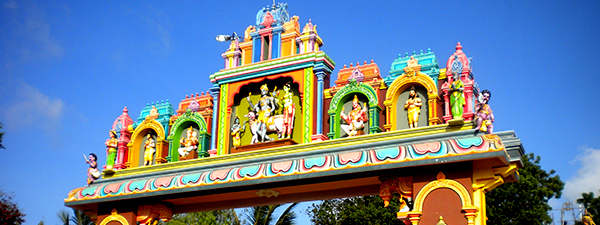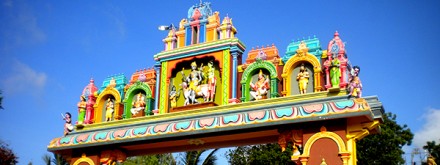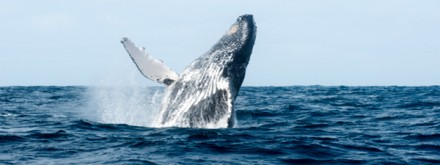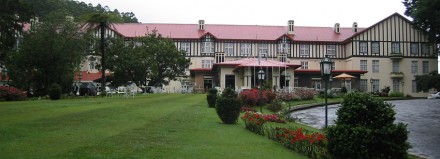Jaffna, or Yalpanam in Tamil, is the capital city of Sri Lanka’s Northern Province, and the cultural capital of the island’s Tamil population. This region on the rise has recently opened up to tourism, and visitors come to discover a rich culture that was inaccessible for a long time.
Re-emergence of a historic city
From 1983 to 2009 there was a civil war in Sri Lanka between the governing Sinhalese majority and the northern Tamil minority. Today the region is slowly developing again after a protracted conflict that left deep scars among the population and destroyed a great many buildings in the northern region. Since October 2014 and after 25 years of interruption, trains have been running once again between Colombo, the economic capital of Sri Lanka, and Jaffna.
Located at the northern end of the island, the Jaffna peninsula is the area closest to neighbouring country India. It bears similarities with Southern India, sharing Tamil and Hindu customs and traditions. The cultural contrast between the north of Sri Lanka and the rest of the country is obvious, since the main language spoken in the north is Tamil. The cuisine is totally vegetarian, the vibrant landscapes are sumptuous. The Hindu religion is prevalent but cohabits with other religions, including Buddhism, Christianism and Islam. The population is very friendly, proud of their heritage and happy to share it. They will welcome you with open arms and a beaming smile despite the sufferings they had to endure!
Things to do in Jaffna
Come and discover multi-faceted Jaffna: a city scarred by war, yet a green and lush trading place, with temples, churches and mosques that underline Jaffna’s religious plurality. Whether you choose to visit Jaffna on a bus, on a bicycle or with a tuk-tuk, the city’s authentic charm will surprise you.
There are many must-see sites in Jaffna and on the peninsula :
– Nallur Kandaswamy Kovil is the most important “kovil” (Hindu temple with a typical Tamil architecture) in Jaffna and in the whole country. It is dedicated to Skanda or Lord Murugan, the god of war, and is renowned for its “pujas” (prayers or offerings). There are many other Hindu temples in Jaffna such as Selva Sannithi, Sri Naga Vihara and Vaddu Kannaki Amman.
– The Jaffna Public Library, symbol and pride of the Tamil population, has now been completely renovated after being set on fire by Sinhalese mobs in 1981. At the time of its destruction, the library was one of the largest in Asia, with more than 97,000 books and ancient manuscripts;
– The Jaffna Fort, currently being renovated, overlooks the city. Built by the Portuguese in the 17thcentury then rebuilt by the Dutch, its size and distinct European style set it apart from the city’s other edifices ;
– The islands off the coast of Jaffna, such as Nainativu, a sacred site with two well-known temples (the Nagapooshani Amman Hindu temple and the Nagadipa Buddhist temple), or Delft and its unexplored landscapes;
– The town of Keerimalai, known for its mineral water spring with healing properties, and where visitors can bathe in the sacred pools;
– Point Pedro, a harbour town at the extremity of the Jaffna peninsula where you can see ray fishing and colonial remains ;
– Elephant Pass, a narrow causeway that connects the Jaffna peninsula to the rest of the island.
Whether travelling as a family or as a couple, Sri Lanka makes for a vibrant unforgettable destination!
Please note that foreign visitors have to apply for an authorisation to travel to the north.




